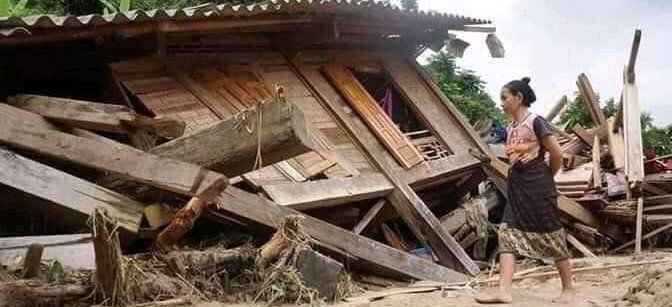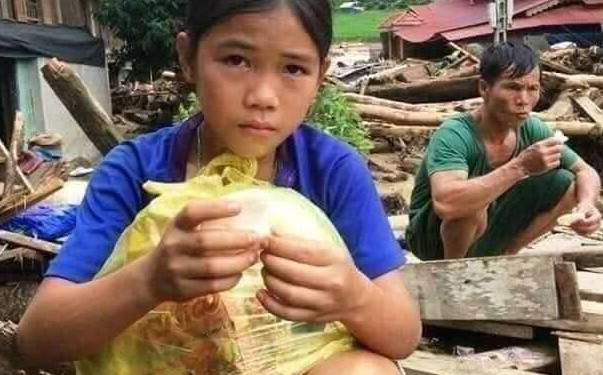Super Typhoon Rolly
The number of natural disaster occurrences in the country affects many Filipinos’ lives, most citizens in the affected areas. On October 29, the 5th in just a month of October alone, and the 18th tropical cyclone of the year made its landfall after moving towards the coast of Bicol Region to the eastern coast of Aurora-Quezon area. The center of the Super Typhoon’s eye landed in the vicinity of Bato, Catanduanes, at 4:50 am of November 1, 2020.
Typhoon ‘Rolly’ with the international name ‘Goni’ is the most robust tropical cyclone that has entered the Philippine Area of Responsibility this year, 2020. It entered the PAR as a severe tropical storm on October 29 and became more aggressive short after.
As expected, the typhoon continuously intensified and gained stronger winds as it traversed across the archipelago. Rolly sustained winds of 135 miles per hour at its center and gusts of 165 miles per hour, prompting Joint Typhoon Warning Center to categorize it as a super typhoon. Rolly brought average to massively destructive typhoon force-winds in areas directly in its path.
Typhoon Rolly came just days after Typhoon Molave (Typhoon Quinta). And though the latter was weaker, it tore across the country, dumping heavy rains and causing significant flooding. Molave killed 22 people and forced the evacuations of tens of thousands before it moved to Vietnam.
After all precautionary measures and warnings, as of Sunday night, November 1, at least ten people were reported dead because of the typhoon. As a matter of fact, many are also feared to have been buried alive in Albay.
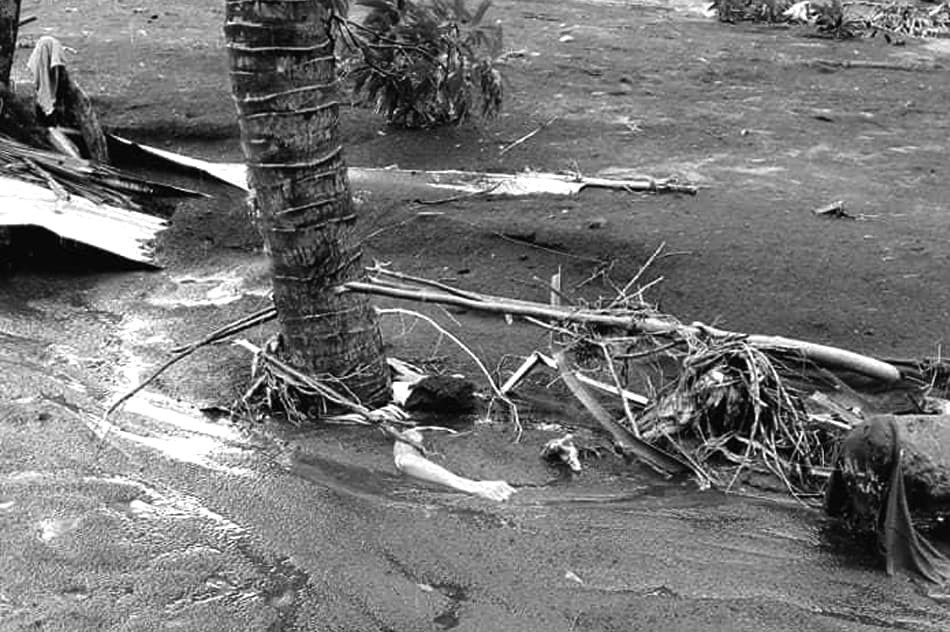
Storm surges hit some coastal towns, rivers overflowed, and many dikes were destroyed, submerging several Bicol villages.
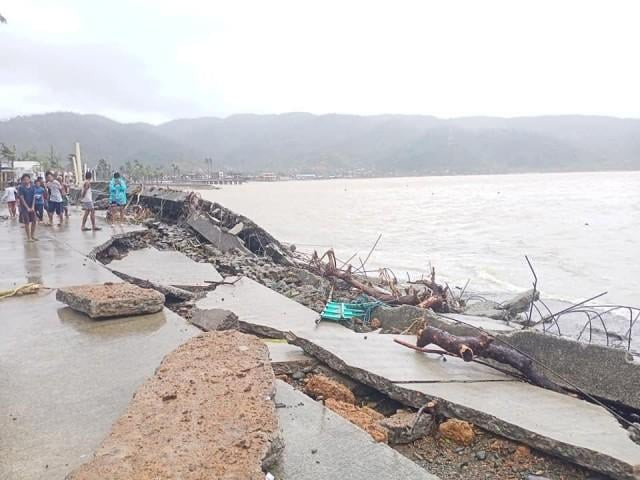
Trees were uprooted from the ground, even lahar flowed from Mayon Volcano and resulted in an avalanche.
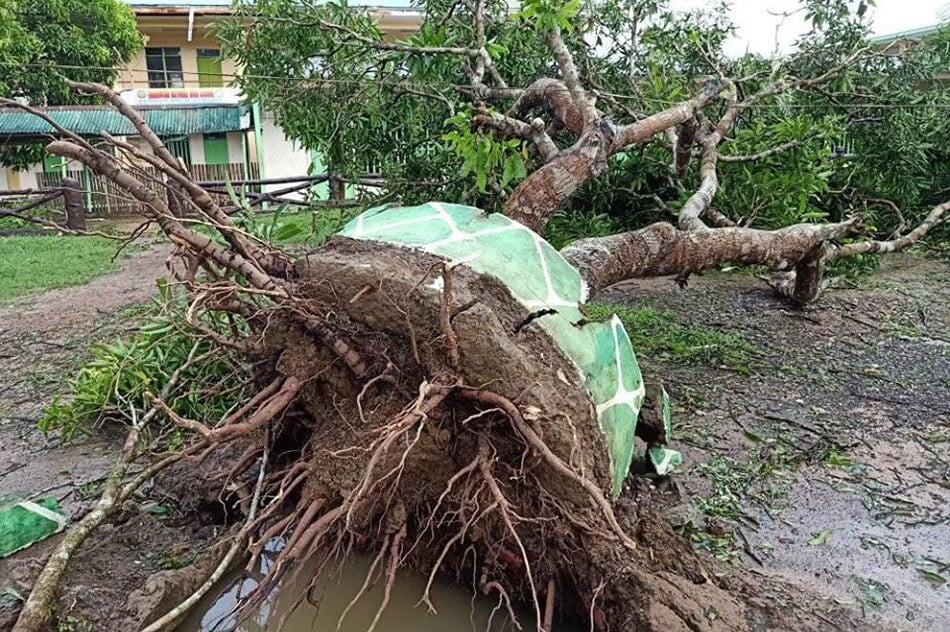
Floods, soil erosion, washed out houses and crops, destroyed infrastructure, this disastrous typhoon really proved its strength as Filipinos have nothing left to do but watch their houses float.
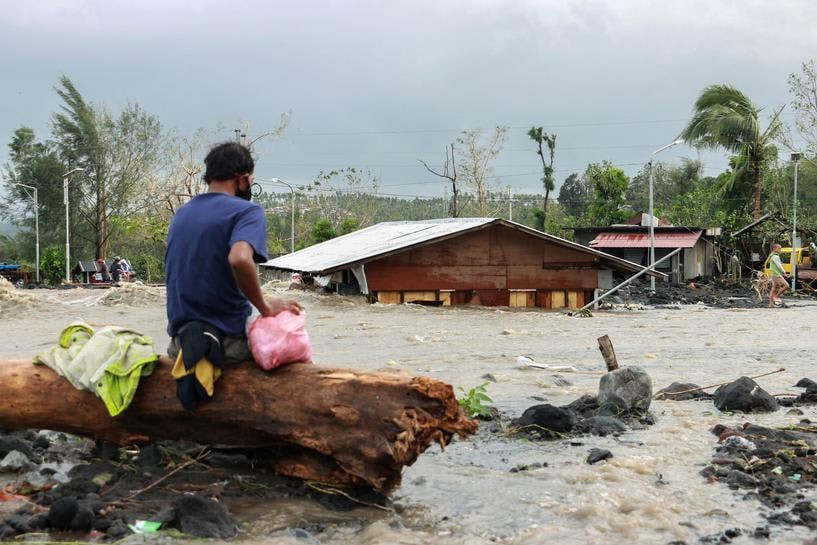
According to NDRRMC, 2million families were affected, and 90% of infrastructures were damaged. As of this writing, the initial estimated agriculture sector damage has incurred an estimated P1.1 billion, Department of Agriculture, Secretary William Dar said.
The typhoon affected not only households but also malls, markets and hospitals.
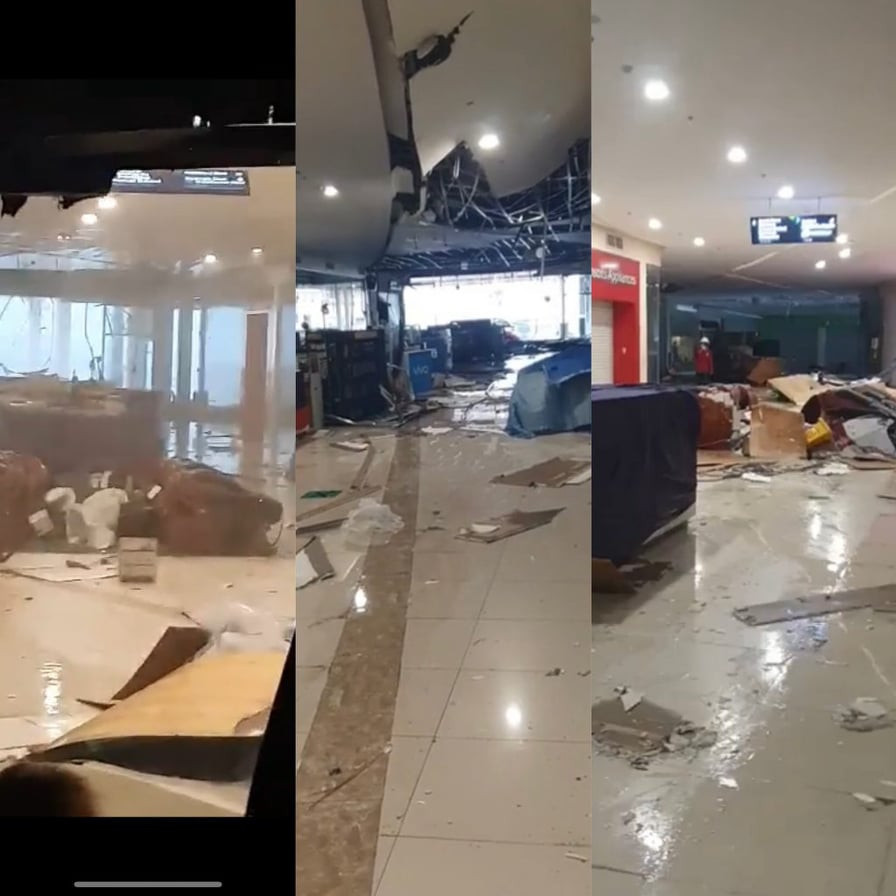
The fear brought by the electrical block out worried hospitals because of the number of Covid patients that still need machines to aid their treatments.
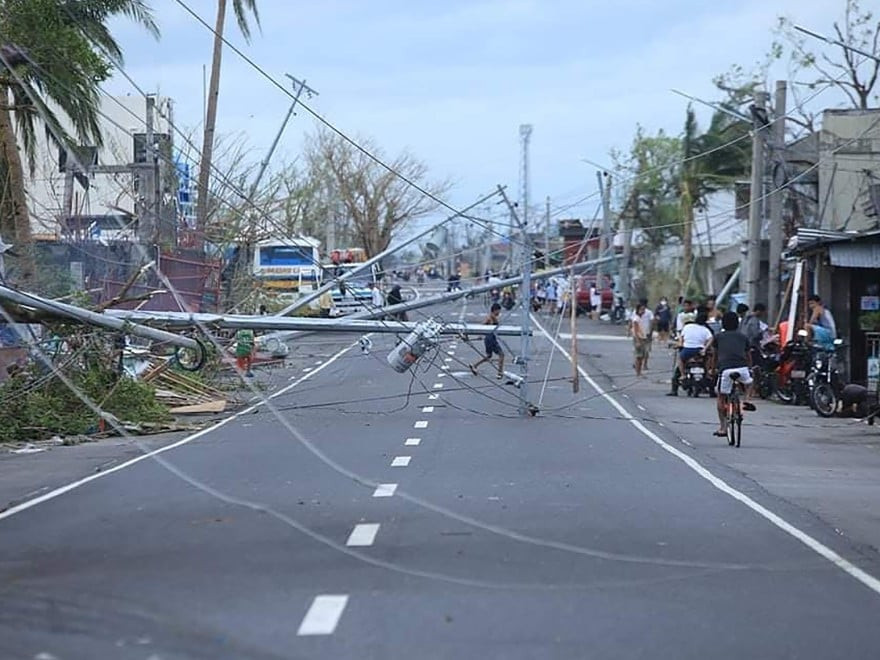
According to a radio interview by Senator Bong Go, all Local Government Units, Philippine National Police, and other concerning agencies have made all necessary precautions upon the directives given by the President. They are still going to work as hard to bring aid to all affected citizens.
Life under the onslaught of typhoon Ulysses
“I woke up in the dead of night as the power went out. When I checked the clock, it’s around midnight. Since then, I never had a decent sleep as I watched the forecast impact I only heard in the news unfold right that very moment. The harsh whistle of the wind pounding atop our roofs is almost deafening, and I kind of feel being targeted with an assault rifle with the huge raindrops. Then I am disconnected from the internet world and have no update since the electricity went out.”
These are the words my friend from Manila told me last week as Typhoon Ulysses hits the Philippines.
So if you are in the Philippines and you are reading this, you are part of half of almost 4 million households whose electricity service is back and, most likely, your internet connection. Let me walk you through.
Here are what we know so far:
-Typhoon Ulysses is the 21st tropical cyclone that hit the Philippines this year.
-It has an international name Vamco, and it made its first landfall at Patnanungan, Quezon, at 10:30 PM on November 11 Wednesday.
-Past 5 PM on Wednesday, the Philippine Atmospheric, Geophysical, and Astronomical Services Administration (PAGASA) said Ulysses had maximum sustained winds of 140 kilometers per hour (km/h) from the previous 135 km/h and gustiness of up to 195 km/h from the last 165 km/h. Ulysses reached its peak intensity of up to 155 km/h – referring to maximum sustained winds – before landfall.
Tropical Cyclone Wind Signals:
Signal number 3 was raised over Metro Manila, the southern portion of Quirino, the south part of Nueva Vizcaya, Pangasinan, Nueva Ecija, Aurora, Tarlac, Zambales, Bataan, Pampanga, Bulacan, Metro Manila, Rizal, Cavite, Laguna, northern and central portions of Quezon, including Polillo Islands, Batangas, Catanduanes, Camarines Norte, and the north portion of Camarines Sur. Devastating winds are experienced in these areas, in which the provinces mentioned in the latter part were just some who have just been hit by Typhoon Rolly two weeks ago.
Signal number 2 was also raised over the rest of Quirino, the rest of Nueva Vizcaya, the southern portion of Benguet, the south part of La Union, the rest of Quezon, Marinduque, northern of Occidental Mindoro, including Lubang Island, north of Oriental Mindoro, the rest of Camarines Sur, Albay, Sorsogon, and Burias and Ticao Islands. These areas experienced gale- to storm-force enough to take down trees and medium built houses and infrastructures.
Meanwhile, signal number 1 was up in Isabela, Kalinga, Mountain Province, Ifugao, the rest of Benguet, Abra, Ilocos Sur, the rest of La Union, the rest of Occidental Mindoro, the rest of Oriental Mindoro, Romblon, the rest of Masbate, Northern Samar, the northern portion of Samar, and north portion of Eastern Samar. These areas have had strong winds to near gale conditions.
Two weather systems were formed after Typhoon Rolly, namely Siony and Tonyo, and they acted as a precursor to this Ondoy-like devastator. Then Filipinos were told this would pack massive winds and get stronger as it gets nearer its projected path.
We hope against hope that the weatherman did not get it right this time, but the inevitable eventually happened.
True enough, as the Bicol Region and the rest of the Philippine Archipelago is still hurting from the super typhoon Rolly(Goni) that caused massive destruction on its course, too, communities have faced another doom.
It seems to post questions from most of us, who are far from our country and those homeless families,
“WHAT ELSE IS NEXT?”
Wondering how our fellow Filipinos and our families back in the Philippines were coping up with this catastrophic event. Knowing that they have yet another challenging tomorrow as they came out of this alive.
These are what I heard on the news after that long night of thinking:
-The devastation was seen after the typhoon paved its way out of the Philippine Area of Responsibility. Muddy water covers towns, including houses and infrastructure.

It covered towns and crops, revealing rice fields that have turned to an ocean of mud. 350,000 Filipinos were forced to evacuate for safety, according to the Philippine National Police. CNN reports that according to AFP, 39 were dead, 40 were injured, and 22 people went missing through the course of this typhoon.
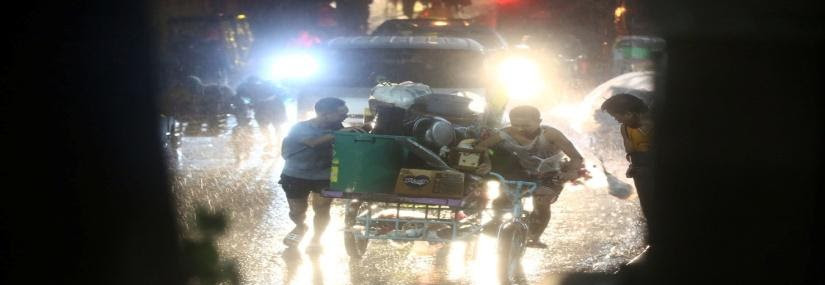
It also triggered massive floods in different places around Luzon, and among the highly devastated area was Marikina. The first alarm was raised in Marikina when the Marikina River’s water reached 15m. The entire city feared and prepared to evacuate since the water level rose rapidly until 1 AM of November 12. The second alarm was announced, and pre-emptive evacuation was implemented; two hours later, the authorities forced evacuation as the 3rd alarm was raised.
I recalled in 2009, Marikina was one of the most ravaged places when Typhoon Ondoy hit the country, and residents testified that Ulysses was worse than the typhoon Ondoy. The water in the Marikina River rose to 22meters breaking Ondoy’s record of 21.5 meters.
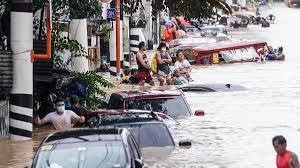
Owners of the automobiles or cars, to tricycles and motorcycles, could not secure their vehicles as they were stopped in the middle of the rapidly rising flood. Families were gathered on their roofs waiting for rescue as their homes were under the muddy water.
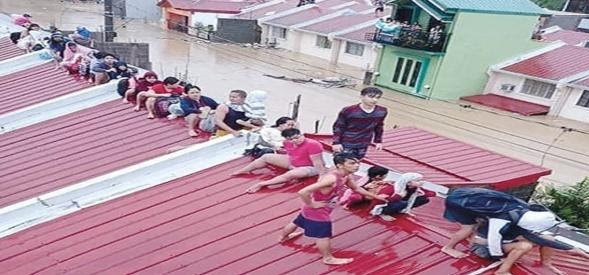
The National Disaster Risk Reduction and Management Council (NDRRMC) deployed search and rescue teams to support local authorities in ferrying people to safer ground.
Rescuers also struggled because water reached the wiring connections and the town, blocking their way to rescue the residents. This has been the main reason why the power was out to prevent electrocution.
Not only did the power be cut on purpose, but some electrical posts were down too. 80%-90% of the power was out, and according to Meralco, the electrical power will be back once the flood is gone, and it is assured that the residents will be safe from more tragedy.
Rescue operations and evacuation were also difficult because of some uprooted trees. Residents walking in floods, parents carrying their kids, boats over flooded paths, shivering infants and pets, and families’ painful image with nothing but themselves over evacuation centers were the actual scenario after the typhoon.
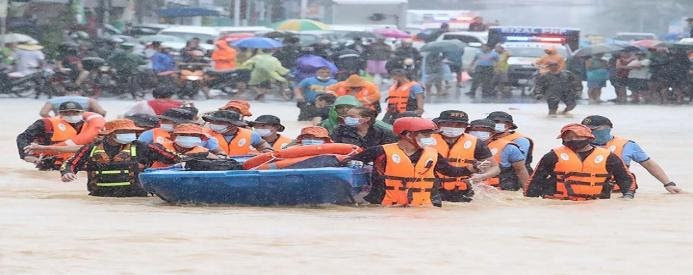
The National and Local Government expected to respond to the needs of the affected citizens immediately. UNICEF, which is highly concerned with women and children’s welfare, has already been working on possible help that they can give.
The damage in a shelter, infrastructure, and agriculture caused by the typhoons Rolly, Siony, Tonyo, and Ulysses only within days made more children, women, and practically more families prone to Covid-19. Especially right now, no one is practicing social distancing as they jam-packed inside the evacuation center.
Most people here in the US say, where does the year 2020 have gone – Because of the COVID 19 travel lockdown.
In the Philippines, in my country, their question is, will they survive 2020? Starting from the first quarter of the year, when the epidemic issue arose, they have been struggling with how they can put bread on the table. How about on Christmas day – which is the most celebrated holiday of the year?
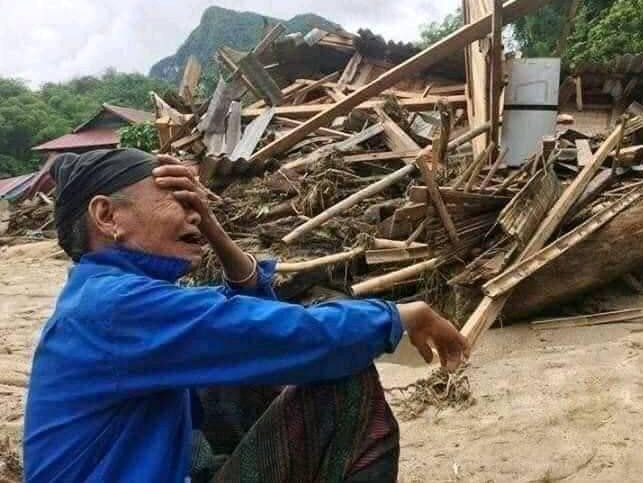
Imagine that…..
As the typhoons leave massive damage to the country, my hope for better holidays is still among us as Filipinos in a Christmas-loving nation. And I pray that the Filipinos spirit of Resilience and Bayanihan keep us going in these trying times.
The entire country is praying for the safety and aid of everyone. The Typhoon came amidst our battle in the pandemic and the recent damages brought by some natural disasters that happened earlier and so many hope that indeed Philippine’s resiliency will help everyone get through all these catastrophic events.
“#Bangon Pinoy” will be a common theme and battle cry of every Juan Dela Cruz wherever we may be. We always carry the spirit of being a survivor and emerge victorious every time we face problems. We will heal. God is with us all.
